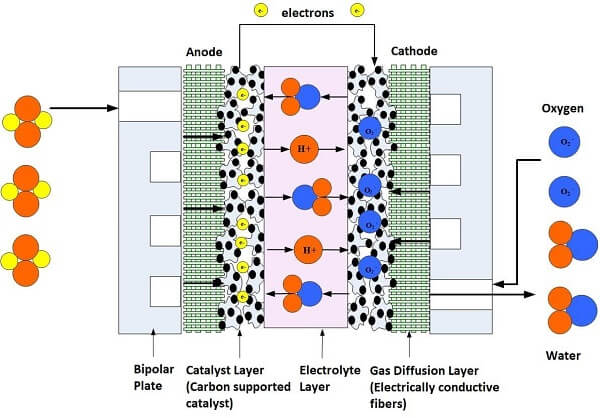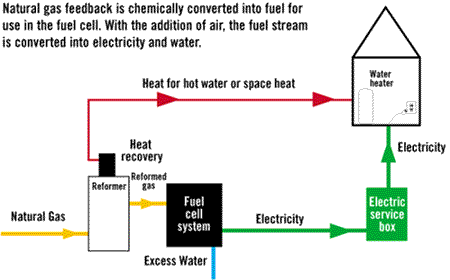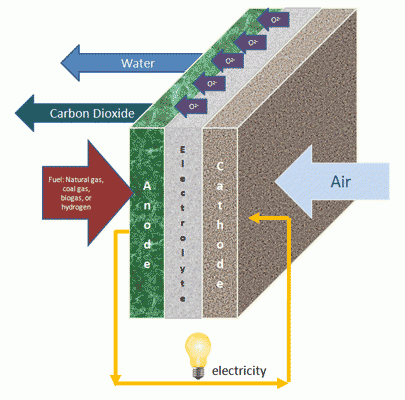Bluegen is a micro chp system combined heat and power based on fuel cell technology and optimised for maximum use and benefit of electricity to supply small businesses private households or public buildings with highly efficient power and heat.
Residential natural gas fuel cells.
But along comes a company to my attention of late that seems to be proving that wrong.
Fuel cells will continue to produce and store energy as long as they are connected to your natural gas fuel source.
The system supplies around 13 000 kwh kilowatt hours of low emission electricity per year.
The residential system will be based on watt s current imperium tm system a 1kw hybrid sofc unit converted to operate on readily available natural gas.
The most efficient small scale electricity generator.
If you have access to natural gas and you do need electricity and heat in your home just about everyone then i think this is a great technology.
By the way we work primarily with pem fuel cells so this article will mostly be addressing those.
Home fuel cells and fuel cell technology has been a big buzz now for the last couple years with lots of talk and plans for cars that run on them and so on.
This provides a critical continuous power supply for buildings like hospitals that rely on multiple forms of backup power to ensure safe steady operation.
This is a partial list of companies currently producing commercially available fuel cell systems for use in residential commercial or industrial settings.
But it has seemed to be very much a thing of the future and not of today in terms of consumer use of fuel cells for power generation.
This presents a powerful opportunity to provide reliable efficient and affordable site generated electricity without the limitations of other power production and distribution systems.
With that said i am still a fan of the residential natural gas fuel cell.
Fuel cell systems from these manufacturers are currently being used to generate ac or dc electricity heat water or any combination of the three.
With a size of roughly one cubic meter and a weight under 450 kg the cube can be installed outdoors or indoors.
Natural gas fuel cells 101 fuel cells might sound futuristic but they were invented in 1932 and put to commercial use by nasa in the 1950s.
Improving the picture for residential fuel cells is that there is a federal tax incentive for them.
They are now most common as a power source for buildings and remote areas but continual improvements in technology are quickly bringing them into wider use.



























